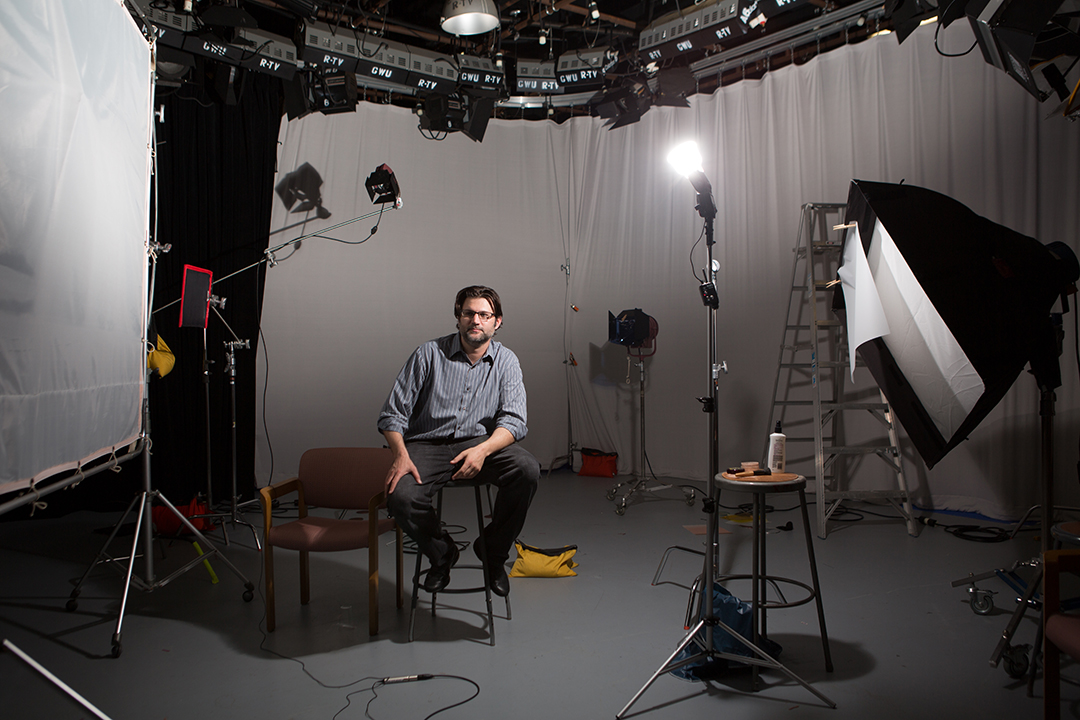Sundance, the country’s largest independent film festival, concluded last week with a splash. The biggest news that emerged was that Fox Searchlight bought Nate Parker’s ambitious remake of “The Birth of a Nation” for a reported $17.5 million—the largest blockbuster deal in Sundance’s history.
But there was another story from this year’s festival: The program seemed more committed to freedom of expression in films and new artistic formats, particularly in documentaries.
School of Media and Public Affairs Professor Jason Osder, known for “Let The Fire Burn,” attended the festival and observed a trend of documentaries that move beyond the principles of journalism in favor of creative troupes found more frequently in fictionalized films. These films are more explorative, and the filmmakers aren’t afraid to hoodwink the audience to make a larger point.
“For some time now, documentaries have been getting more like fiction films, and fiction films have been getting more like documentaries,” he said. “A lot of the documentaries that premiered are artistic and bend the conventions of filmmaking in search of a greater truth.”
Below, Mr. Osder speaks with George Washington Today reporter Julyssa Lopez and discusses how films like “Kate Plays Christine,” “Cameraperson,” and “Nuts!” reflect new ways of telling stories, and what the trend means for the documentary genre moving forward.
Q: How did we see the trend of hybrid, creative non-fiction documentaries emerge at the festival?
A: We tend to have an idea of how documentaries are supposed to look and what the rules and norms of representation are, and we’re seeing filmmakers bending these rules for an artistic purpose.
The idea of what is a documentary is being challenged in really innovative ways. The trend isn’t new, but the real story is that ambitious efforts found a home at Sundance this year. We saw the festival embrace films that pushed boundaries, and they ended up being some of the best-regarded work there.
I went to a panel about this trend called “The Artist is Present”—and it’s important to note they used the word “artist” as opposed to “journalist.” You’re seeing the artistic fingerprints on these films. They seem to be more authorial work concerned with the subject of truth than the objective truth.
Additionally, Sundance Institute announced a new fellowship program in creative non-fiction and gave grants to four filmmakers. It was a big deal because the institute usually funds films—they funded two of my films—but in this case, they were funding filmmakers based on work that expands the concept of what a documentary can be. So the discussion about creativity and artistic documentaries was really present.
Q: So what are some examples of these films?
A: One of my favorites was "Kate Plays Christine,” about a news reporter in Sarasota, Fl., named Christine Chubbuck who committed suicide during a live broadcast. The film follows a crew making a film about her in Florida, and they cast a real actress named Kate Lyn Sheil to play her. They cover Kate’s process of trying to embody a person who killed herself so publicly, and the drama of the film lies in the emotionality of what that’s actually like for an actress.
You have scenes where Kate is preparing lines, she is transforming herself, doing her hair the same way—she even goes to the gun store where Christine bought the gun she used to kill herself. Eventually, you realize there is no other movie that they’re making—the documentary itself is the entire film. Ultimately, they seem to get closer to the reality of what happened to Christine emotionally by using tropes found more frequently in fiction. The layers of representation and performance here add up and the approach draws out the limitations of trying to communicate something so terrible.
There was also
“Cameraperson,” directed by a very experienced cinematographer, Kirsten Johnson. She’s s gone back to some of her most intense shoots and contextualized the footage to the experience of filming it. It is a collage of very intense scenes that explore the nature of her craft and her relationship to the people in front of the camera. One is asked to question the terms of filmmaking and creation.
Another example is a film called
“Nuts!” about a medicine man from the early 20th-century. He claimed to cure infertility and impotence by inserting goat testicles into humans. It was absolutely ridiculous, but people fell for it. So in the film, the cure is presented as fact, and they don’t reveal the extent of the duplicity until very late. As an audience, you go down this path, and you start to fall for it, too, like people in the 20th-century did.
Q: What does the success of these films mean for the documentary moving forward? Will they inspire more filmmakers to experiment with forms?
A: What a lot of these filmmakers have in common is that they want to train audiences to be more critical, and they’re willing to break the rules a little bit if the overall result is to achieve that. Again, it would be wrong to say this is a brand new phenomenon—it’s not, and it’s cyclical. But these films are hard to fund and hard to make when they break the rules. So these new styles of storytelling being recognized at the highest level bode well for more innovated work that needs to get funding in the future.
This article originally appeared in GW Today.


